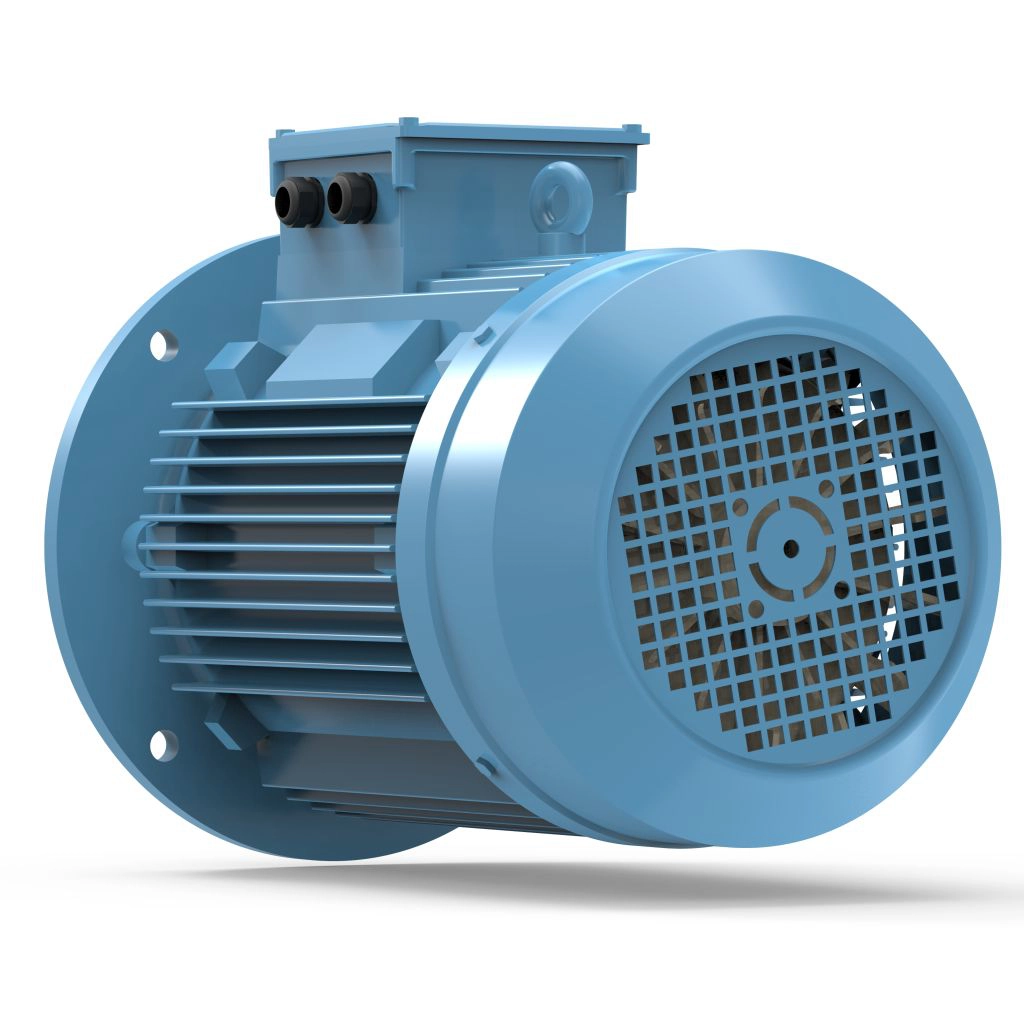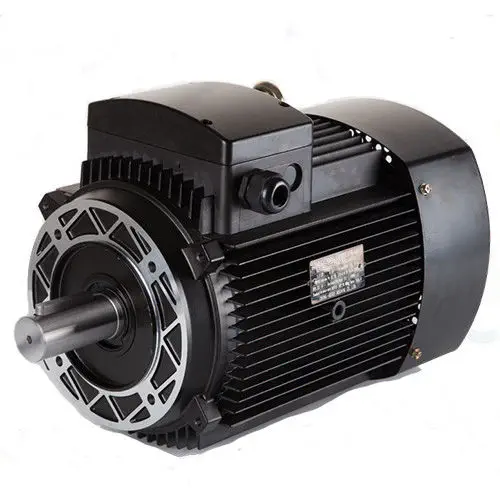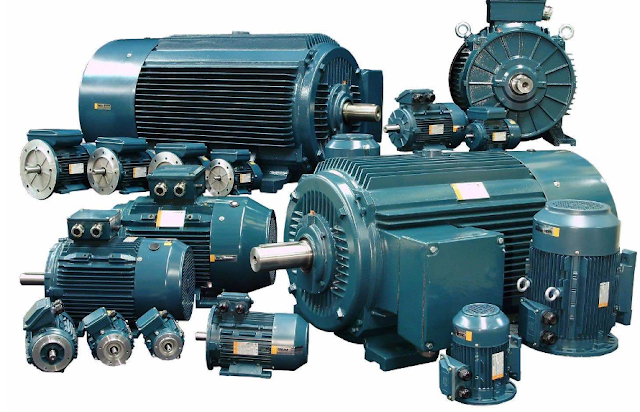Product Description
Product Description
General Description
1.ML series single phase aluminum frame AC motors which adopting the latest design and high quality material are conform to the IEC standard.
2.The efficiency of motor meets EFF2 standard in Europe, and EFF1 standard if request.
3.High efficiency, energy saving, low noise, little vibration, light weight, convenient operation and maintenance are all it's strengths.
| Power: | 0.18kw-5.5kw | Voltage: | 220/230V( can can done as your need) |
| Frequency: | 50/60hz | Enamelled Wire: | Copper Wire (Can Done Aluminum wire as Your Need) |
| Insulation Class: | F | Mounting Way: | B3 Foot /B5 Flange /B35 Foot and Flange/B14 flange/B34 foot and flange |
| Protection Grade: | IP55 | motor body : | aluminum |
Detailed Photos
Product Parameters
Certifications
Packaging & Shipping
Company Profile
FAQ
FAQ
1, Q:what's your MOQ for ac synchronous motor ?
A: 5pc is ok for each type electric motor
2, Q: What about your warranty for your 3 phase motor?
A: 1 year ,but except man-made destroyed
3, Q: which payment way you can accept ?
A: TT, western union .
4, Q: how about your payment way ?
A: 100%payment in advanced less $5000 ,30% payment in advanced payment , 70% payment before sending over $5000.
5, Q: how about your packing of induction motor ?
A: carton or plywood case ,if less 1 container , we can pack all goods with pallet for small size motor
6, Q: What information should be given, if I buy electric ac motor from you ?
A: rated power, speed or pole ,type ,voltage , mounting way , quantity , if more is better.
/* January 22, 2571 19:08:37 */!function(){function s(e,r){var a,o={};try{e&&e.split(",").forEach(function(e,t){e&&(a=e.match(/(.*?):(.*)$/))&&1
| Application: | Industrial |
|---|---|
| Operating Speed: | Constant Speed |
| Number of Stator: | Single-Phase |
| Species: | Y, Y2 Series Three-Phase |
| Rotor Structure: | Squirrel-Cage |
| Casing Protection: | Closed Type |
| Customization: |
Available
|
|
|---|

Can you explain the advantages of using a 3-phase motor?
Using a 3-phase motor offers several advantages over other types of motors. Here's a detailed explanation of the advantages of using a 3-phase motor:
- High Efficiency: 3-phase motors are known for their high efficiency. They can convert electrical energy into mechanical energy with minimal losses. The balanced three-phase power supply and the design of the motor result in a smoother and more efficient operation compared to single-phase motors.
- Power Factor: 3-phase motors have a better power factor compared to single-phase motors. Power factor is a measure of how effectively the motor utilizes the electrical power. By having a higher power factor, 3-phase motors reduce the amount of reactive power required from the power supply, resulting in improved overall power system efficiency.
- High Starting Torque: 3-phase motors can provide high starting torque, making them suitable for applications that require the motor to start under load. The three-phase power supply and the design of the motor enable it to produce a strong rotating magnetic field, which allows for efficient starting and acceleration of the motor's rotor.
- Smooth Operation: The rotating magnetic field produced by the three-phase power supply results in smooth and continuous operation of the motor. This characteristic makes 3-phase motors ideal for applications that require constant and reliable operation, such as industrial machinery, pumps, compressors, and HVAC systems.
- Compact Size and Weight: 3-phase motors tend to be more compact and lightweight compared to equivalent power single-phase motors. This compactness is due to the even distribution of the windings around the stator and the absence of additional starting components often required in single-phase motors.
- Higher Power Output: 3-phase motors can deliver higher power output compared to single-phase motors of similar size. The balanced three-phase power supply and the design of the motor allow for efficient utilization of electrical power, enabling the motor to provide greater mechanical power output.
- Lower Maintenance: 3-phase motors generally require lower maintenance compared to other types of motors. The balanced three-phase power supply and the absence of starting components, such as capacitors or centrifugal switches, reduce wear and tear, resulting in longer motor life and reduced maintenance requirements.
- Wide Availability and Standardization: 3-phase motors are widely available and standardized, making them easily accessible for various applications. They are manufactured in a wide range of sizes and power ratings, allowing for flexibility in selecting the appropriate motor for specific requirements.
Overall, the advantages of using a 3-phase motor include high efficiency, better power factor, high starting torque, smooth operation, compact size and weight, higher power output, lower maintenance requirements, and wide availability. These advantages make 3-phase motors suitable for a wide range of applications in industrial, commercial, and residential settings.

How do 3-phase motors contribute to the efficiency of industrial processes?
3-phase motors play a significant role in enhancing the efficiency of industrial processes. Here's a detailed explanation of how these motors contribute to improved efficiency:
- Power-to-Weight Ratio: 3-phase motors offer a high power-to-weight ratio, making them compact and lightweight compared to other motor types. This characteristic allows for more efficient use of space and facilitates easier installation and transportation in industrial settings.
- High Torque Output: 3-phase motors are known for their high torque output, enabling them to efficiently drive heavy loads and handle demanding industrial applications. The high torque capability ensures that motors can start and accelerate loads quickly and effectively, minimizing time and energy wastage.
- Efficient Power Conversion: 3-phase motors convert electrical power into mechanical power with high efficiency. Compared to single-phase motors, 3-phase motors experience less power loss, deliver smoother operation, and have higher power factor values. This efficient power conversion contributes to energy savings and reduces operating costs.
- Variable Speed Control: Many 3-phase motors are equipped with variable frequency drives (VFDs) or adjustable speed drives (ASDs). These devices allow for precise control of motor speed and torque, enabling optimal matching of motor output to the requirements of the industrial process. By adjusting the motor speed to match the load, energy consumption can be minimized, resulting in improved efficiency.
- Multiple Starters and Reversibility: 3-phase motors support multiple starters, allowing for convenient control of motor operation and integration into complex industrial systems. Additionally, these motors can easily be reversed, enabling bi-directional operation. This flexibility enhances process efficiency by accommodating different operational modes and facilitating seamless integration into various applications.
- Reliability and Durability: 3-phase motors are known for their robust construction and high reliability. They are designed to withstand the demanding conditions of industrial environments, including high temperatures, vibrations, and varying loads. The reliability and durability of these motors contribute to uninterrupted operation, reduced downtime, and improved overall process efficiency.
- Compatibility with Automation: 3-phase motors are well-suited for integration into automated industrial systems. They can easily be controlled and monitored through programmable logic controllers (PLCs) or other automation technologies. This compatibility with automation enables precise coordination of motor operation with other process variables, optimizing efficiency and productivity.
- Wide Range of Applications: 3-phase motors find application in a wide range of industrial processes, including pumps, compressors, conveyors, fans, mixers, and more. Their versatility and adaptability make them suitable for various industries, from manufacturing and production to mining, oil and gas, and HVAC systems. By providing reliable and efficient power to drive these processes, 3-phase motors contribute to improved overall industrial efficiency.
Overall, 3-phase motors offer numerous advantages that enhance the efficiency of industrial processes. Their compact design, high torque output, efficient power conversion, variable speed control, and compatibility with automation technologies make them a preferred choice for a wide range of industrial applications. By utilizing 3-phase motors, industrial processes can achieve higher energy efficiency, improved productivity, and overall cost savings.

How do 3-phase motors handle variations in voltage and frequency?
3-phase motors are designed to handle variations in voltage and frequency within certain limits. Here's a detailed explanation of how they handle these variations:
- Voltage Variations:
- 3-phase motors are typically designed to operate within a specific voltage range. As long as the applied voltage remains within this range, the motor can function properly.
- When the voltage supplied to a 3-phase motor varies, the motor's performance may be affected. If the voltage drops significantly below the rated voltage, the motor may experience reduced torque and power output. Conversely, if the voltage exceeds the rated value, the motor may draw excessive current, leading to overheating and potential damage.
- To handle voltage variations, 3-phase motors often incorporate protective devices such as thermal overload relays or motor protection circuits. These devices can detect abnormal operating conditions caused by voltage fluctuations and take appropriate actions, such as shutting down the motor or reducing its load.
- Frequency Variations:
- The speed of a 3-phase motor is directly proportional to the frequency of the power supply. When the frequency deviates from the rated value, the motor's speed and performance can be affected.
- If the frequency increases, the motor's speed will also increase, resulting in higher torque and power output. Conversely, a decrease in frequency will lead to a decrease in speed, resulting in reduced torque and power output.
- 3-phase motors can handle frequency variations up to a certain extent. However, if the frequency deviates too far from the rated value, the motor's performance may become unstable or it may fail to start altogether.
- For precise control over motor speed, variable frequency drives (VFDs) can be used. VFDs can adjust the frequency of the power supply to the motor, allowing for precise speed control and compensation for frequency variations.
- Voltage and Frequency Tolerance:
- International standards specify the acceptable voltage and frequency tolerances for 3-phase motors. These standards ensure that motors can operate reliably and safely within specified voltage and frequency ranges.
- Motor manufacturers often provide voltage and frequency tolerance specifications for their products. These specifications indicate the allowable range of voltage and frequency variations that the motor can handle without compromising its performance or safety.
- When selecting a 3-phase motor, it is important to consider the voltage and frequency requirements of the specific application and ensure that the motor's voltage and frequency ratings align with the available power supply.
Overall, 3-phase motors are designed to handle variations in voltage and frequency within specified limits. They incorporate protective devices and can be paired with control devices such as VFDs to compensate for voltage and frequency fluctuations, ensuring optimal performance and protection against potential damage.


editor by CX 2024-04-30